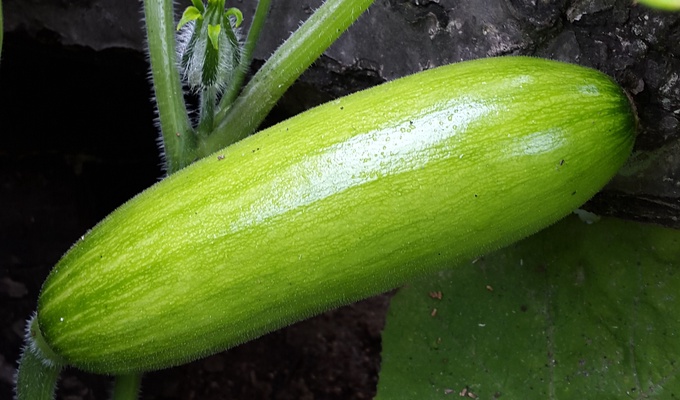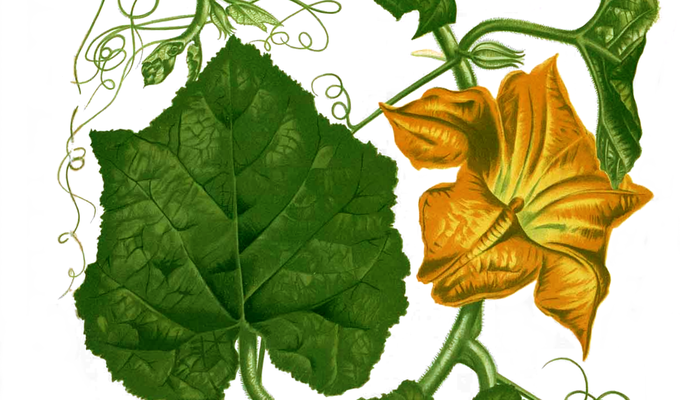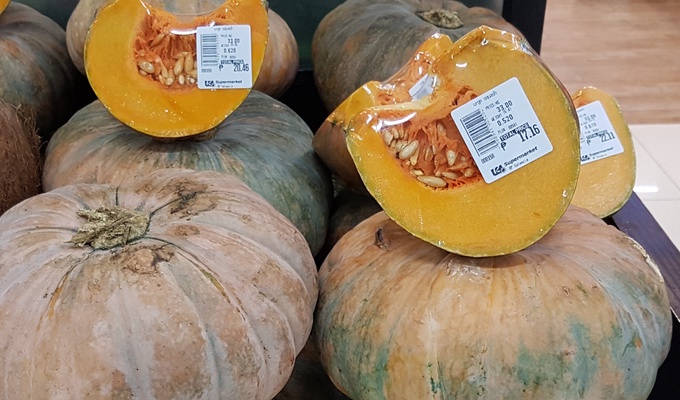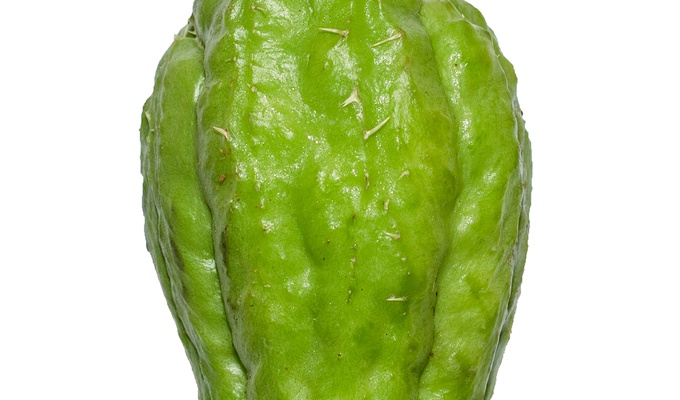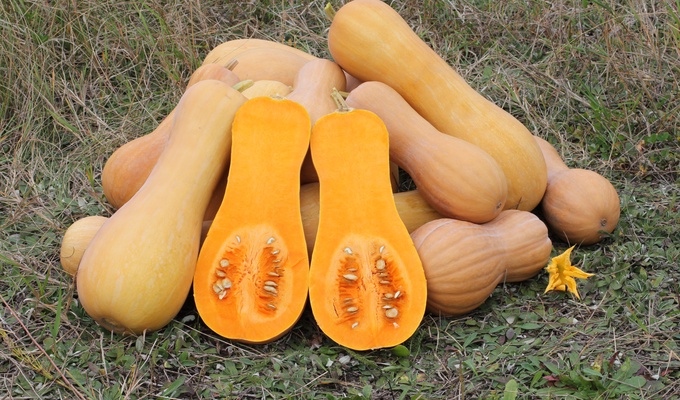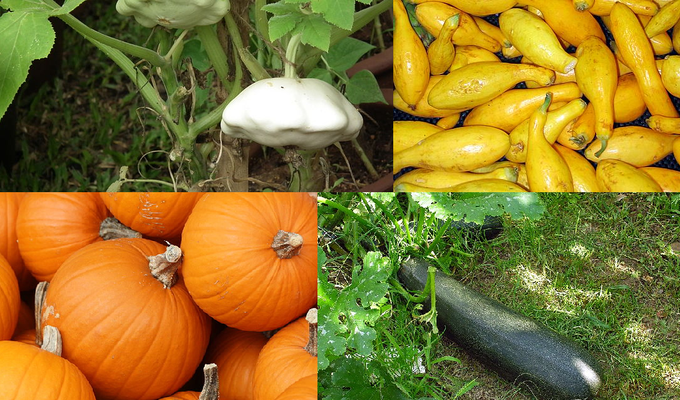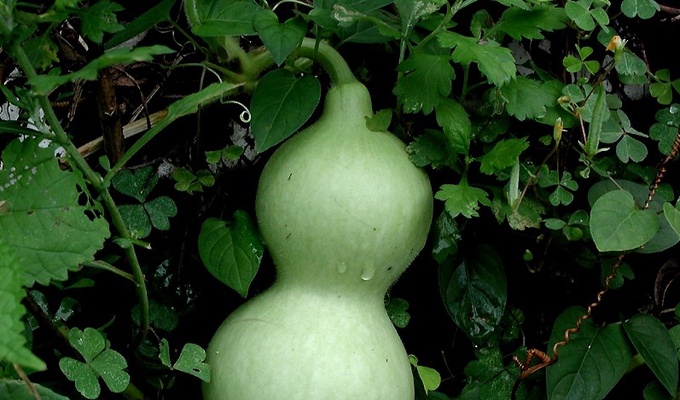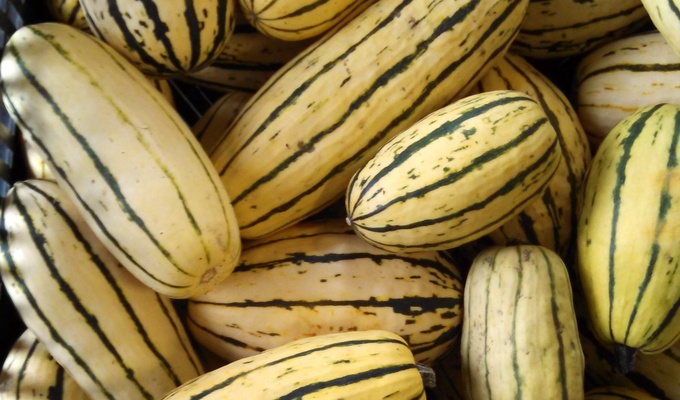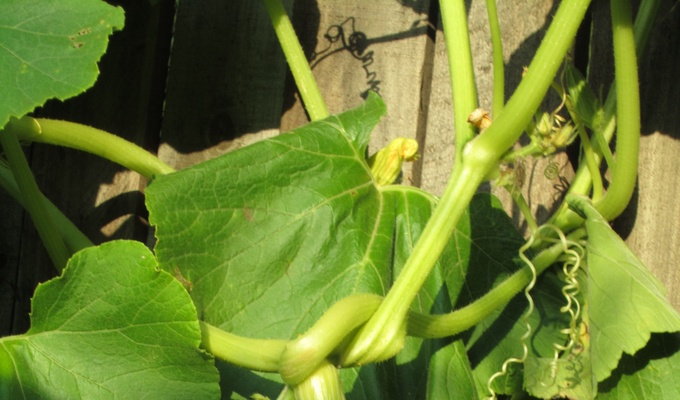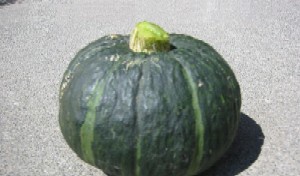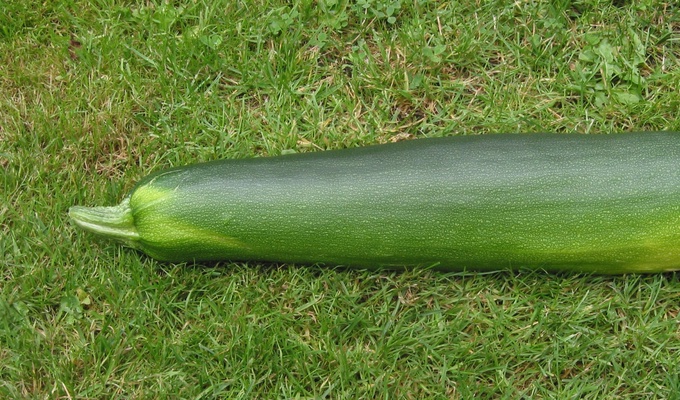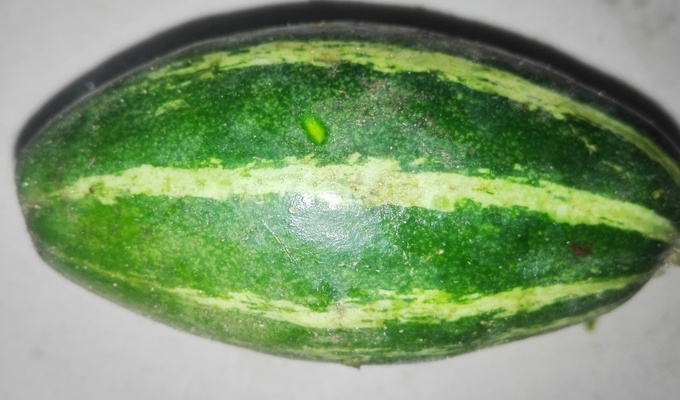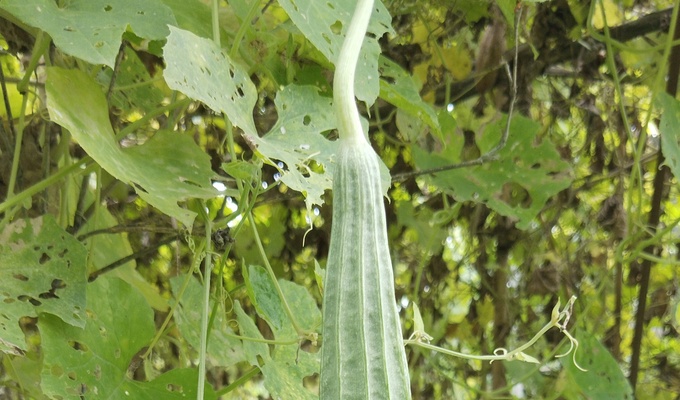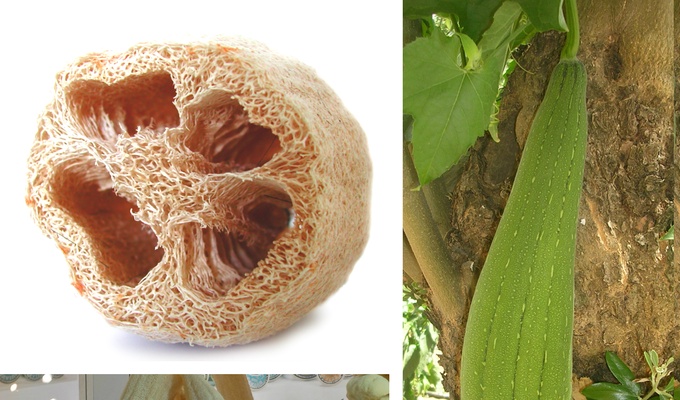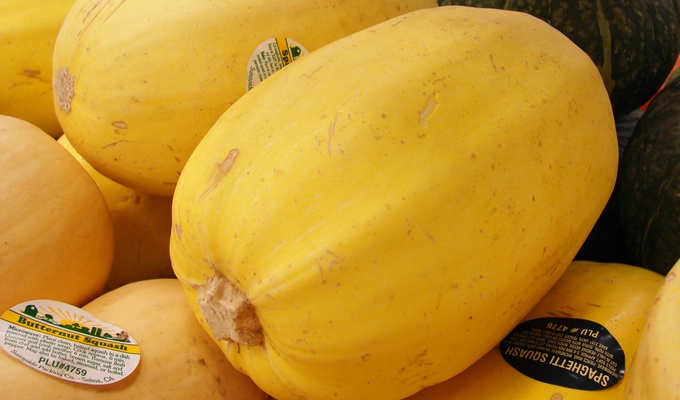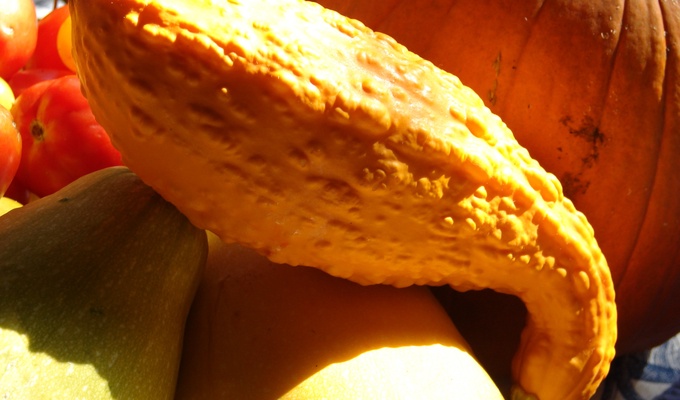The varieties of the plant genus Cucurbita are commonly called gourds, squashes, pumpkins, and zucchinis (or courgettes in British usage). They have been bred for a variety of culinary and decorative uses and are grown, and eaten, worldwide. Note that a number of other edible gourds exist and are sometimes called "squash" or "gourd" in colloquial use, such as chayote, ridged gourd (called luffa) and the Lagenaria gourds.
Squashes are broadly divided into "summer squash" and "winter squash", which describes a seasonal tendency in their cultivation but is definitely not a rule. Summer squashes are harvested while immature, and have tender edible rinds, while winter squashes are allowed to mature and have hard rinds and tough, mature seeds.
Taxonomy
The exact taxonomy of the Cucurbita is not fully known and is an area of active research, but the family tree is broadly understood to include:
- Cucurbita pepo, containing the summer squashes (zucchini, delicata, spaghetti squash, vegetable marrow, crookneck, cocozelle, [scallop squash|scallop], pattypan, [straightneck squash|straightneck]), as well as the acorn squash and pumpkin
- Cucurbita moschata, containing the butternut squash, aehobak, al hachi, calabaza, Dickinson pumpkin, giromon, golden cushaw, loche, liscia, musquée de Provence (also called fairytale pumpkin), Naples long squash, and tromboncino.
- Cucurbita maxima, containing the Arikara squash, Banana Squash, Boston marrow, Buttercup squash, Candy Roaster squash, Hubbard squash, Jarrahdale pumpkin, Kabocha, Lakota squash, Nanticoke squash, Turban squash
- Cucurbita ficifolia, containing the fig-leaf gourd (also called Malabar gourd or cidra)
- Cucurbita radicans, the calabacilla (also called calabaza de coyote).
- Cucurbita argyrosperma, the cushaw pumpkin (also called Japanese pie pumpkin)
- Cucurbita foetidissima, the buffalo gourd
